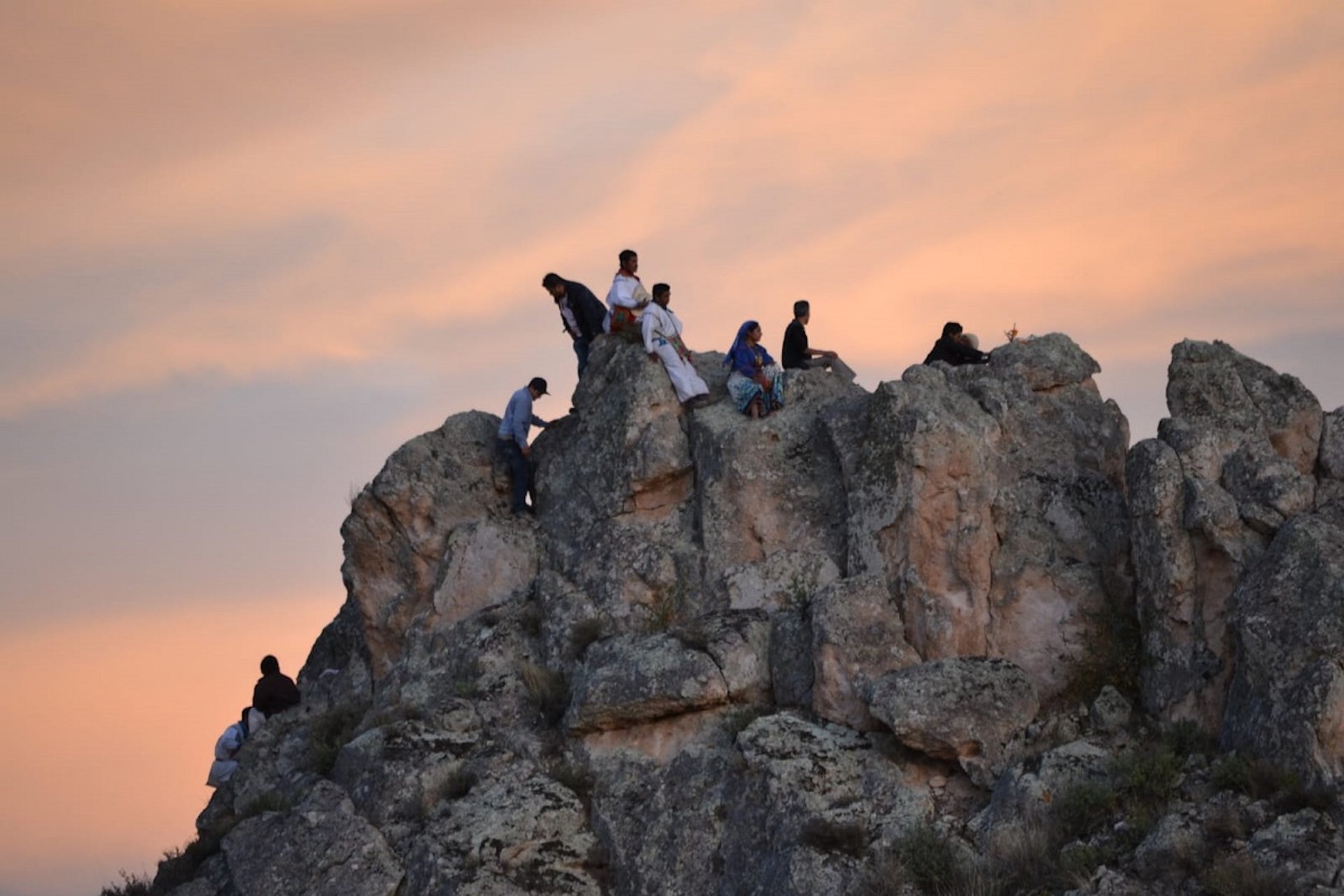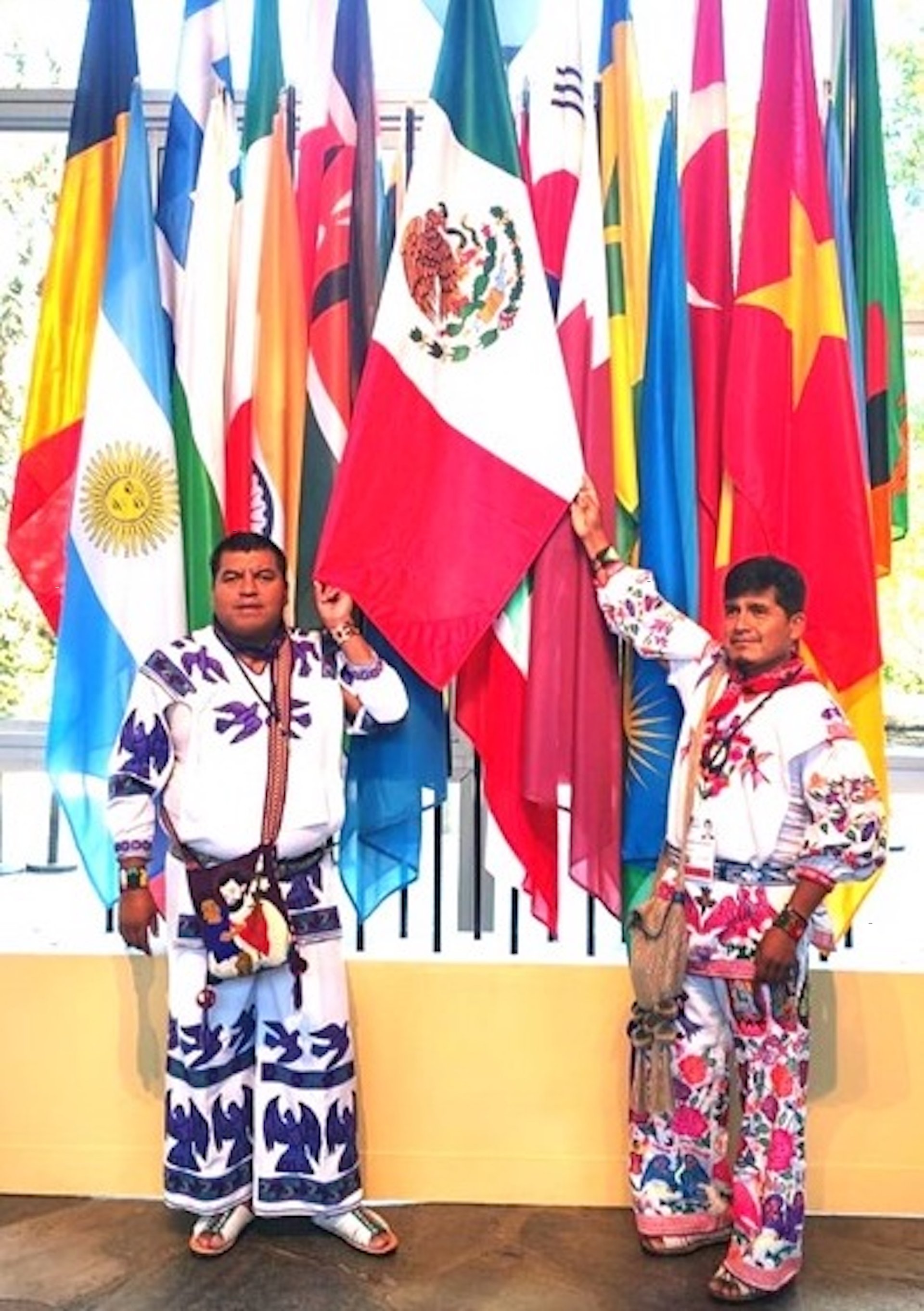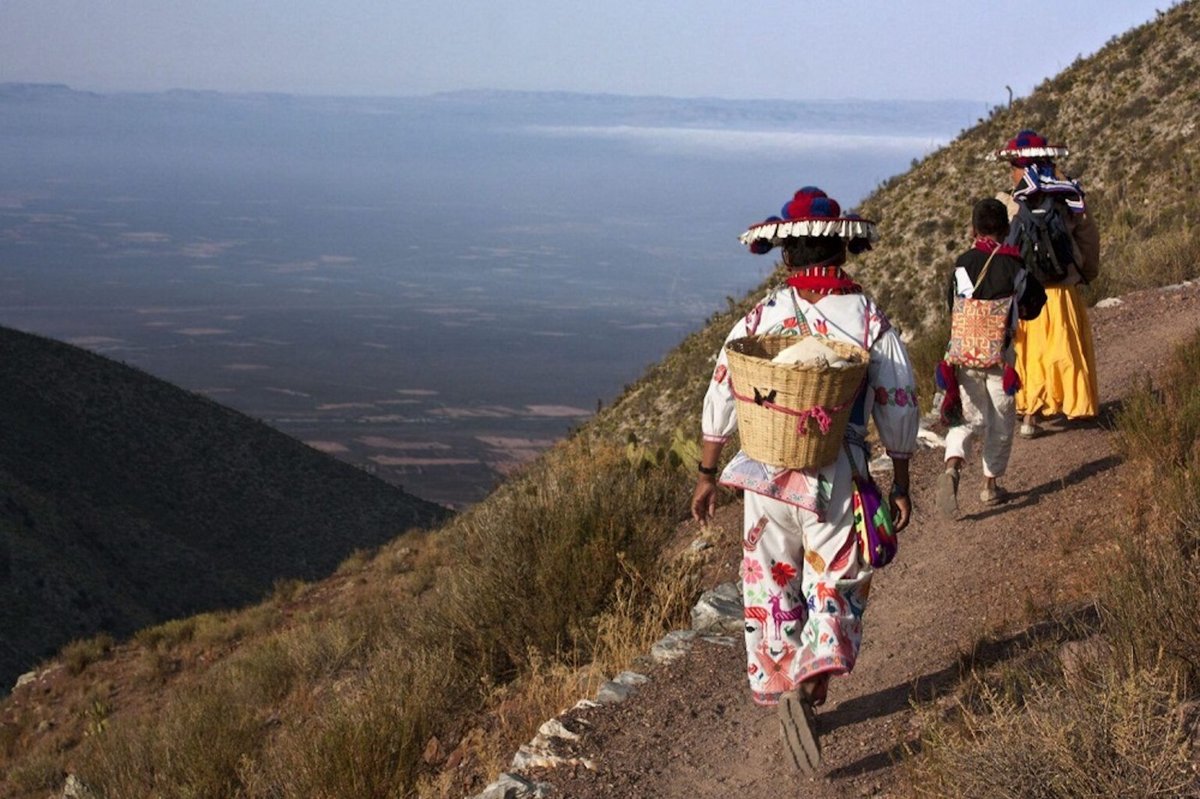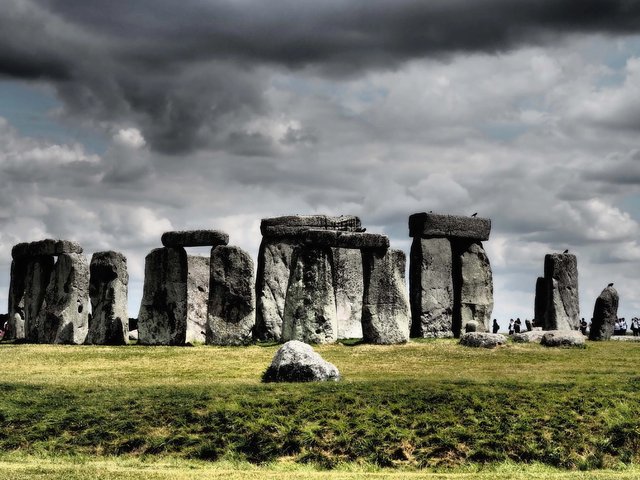Mexico’s Wixárika route through sacred sites to Wirikuta (Tatehuarí Huajuyé) was added to Unesco’s list of World Heritage sites earlier this month, becoming the country's 36th listed site and, in many ways, its most unique. Spanning 500km across five states, the bio-cultural pilgrimage corridor culminates in Wirikuta, in the state of San Luis Potosí, where hikuri (peyote) is ritually consumed. Rich in biodiversity, the route is central to Wixárika cosmology, which integrates humans, ancestors and nature.
This is the first time a Mexican Indigenous living tradition has been inscribed as a serial associative cultural landscape under the 1972 World Heritage Convention. The recognition results from more than 30 years of Wixáritari advocacy. It also underscores urgent needs for conservation, sustainability and effective tourism and industry regulations.
The Wixáritari are one of Mexico’s 70 documented Indigenous groups. Despite adapting, Wixárika communities—around 60,000 people speak their native language, according to a 2020 census—kept traditions alive partly due to geographic isolation but above all, perseverance.
“The Wixárika stand out because, stemming from an ancient Mesoamerican tradition, they are among the few to have kept this legacy alive,” says Humberto Fernández, Conservación Humana’s co-founder. The organisation has long collaborated with Wixárika communities to protect their heritage, first through national heritage decrees and later the Unesco nomination. He adds that “the inscription is legally binding” and therefore puts pressure on the Mexican government to ensure the route’s long-term protection.
The corridor, described in Unesco’s listing as a “braid of trails”, includes 20 sacred sites across Jalisco, Durango, Nayarit, Zacatecas and San Luis Potosí, mainly featuring natural enclaves. The annual, approximately one-month walk is part of the Wixárika ritual calendar, marked by dances, offerings and chants. The pilgrimage is not for everyone. Each community’s mara'akate or shamans travel from the Western Sierra Madre to Wirikuta on a spiritual journey to ensure the success of the milpa cycle and communal well-being.

Part of the Wixárika pilgrimage route Courtesy Ruta Wirárika
“Each site has a ritual function involving ceremonies and offerings and culminates in our eastern cardinal point Wirikuta, where our deity, the sacred blue deer, resides,” says Sofía García, the communications director of the Consejo Regional Wixárika, the community organisation behind the nomination.
Mexico’s National Institute of Anthropology and History (INAH) accompanied the route’s Unesco nomination. “This is an act of justice for the Wixáritari, who have pursued this inscription for over 30 years, with greater emphasis since 2003, when they formally approached INAH,” says Francisco Vidargas, INAH’s world heritage director. “INAH plans to continue this support, always centred on the Wixárika communities’ concerns.”
Heritage still at risk
Like other Indigenous communities, the Wixáritari face many challenges, including issues with the mining industry, as evidenced by 78 inactive concessions involving local and foreign companies in Wirikuta, as well as threats from industrial agriculture. The Wixárika have long opposed mining. “We organised varied protests and in 2012 obtained a legal resource to halt mining activities,” García says, adding that a final resolution is pending. “Ecosystems along the route are endangered, with many endemic and sacred species like the golden eagle at risk," Fernández says.
Another concern, particularly in Wirikuta, is peyote’s appeal for psychedelic tourism, which threatens the cactus plant. “This is a sacred place; it is not folkloric and must be respected,” García says, referring to unregulated tourism also impacting Chapala (in Jalisco) and La Isla del Rey (Nayarit). She emphasises that hikuri is reserved for the mara'akate and involves rituals tied to each specific community.
The International Council on Monuments and Sites (ICOMOS), an organisation that serves as an advisory body to Unesco’s World Heritage Committee, recommends developing a management plan for each site. “The Wixárika will develop the plans according to their traditions and needs,” Vidargas says. Guadalupe Zepeda, the director of ICOMOS Mexico, concurs, adding that the organisation “will actively engage with the communities as they are their traditions’ true bearers”.

Wixárika representatives at Unesco's headquarters in Paris Santos de la Cruz
Other measures needed to ensure the Wixárika route’s longevity, and cited by Unesco Mexico’s director Andrés Morales at a press conference on 15 July, include halting mining, limiting housing expansion, ensuring free passage through the route and enhancing community participation mechanisms.
Despite all the attention brought to preservation issues, the route’s Unesco inscription is not without controversy. Unión Wixárika de Centros Ceremoniales de Jalisco, Durango y Nayarit, another Wixárika group, expressed concern, citing a lack of community participation and clarity. A statement issued by the group reads in part: “This listing is a concept foreign to the Wixárika people, disconnected from our energies and sacred elements, our mara'akate, future generations and even our language.” Vidargas says conversations with Unión Wixárika are ongoing.
“This was a long process involving the work of our mara'akate, studies conducted by Conservación Humana and tireless perseverance from our communities,” Sofía says. “What interests us most is the defence of the sacred sites, all of them under threat.”
Globally, the Wixárika route’s inscription is part of Unesco’s growing support of Indigenous-led nominations since around 2018. “It continues Unesco’s recognition of places for their Indigenous cultural value, a trend seen, for example, in the inscription of Canada’s Pimachiowin Aki (added in 2018) and Australia’s Budj Bim Gunditjmara Country (2019),” says Luke James, a world heritage expert, adding that this process involves autonomous management by Indigenous groups.




